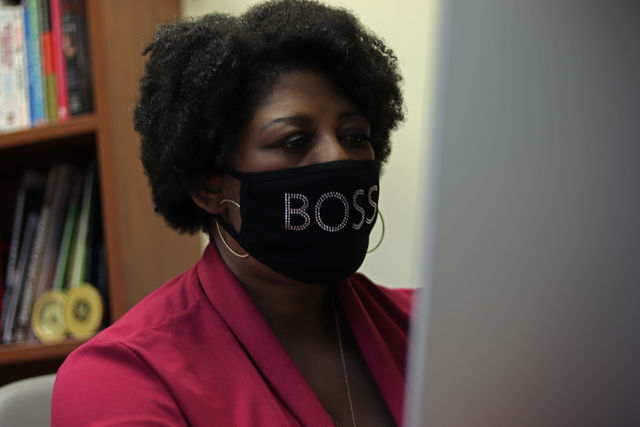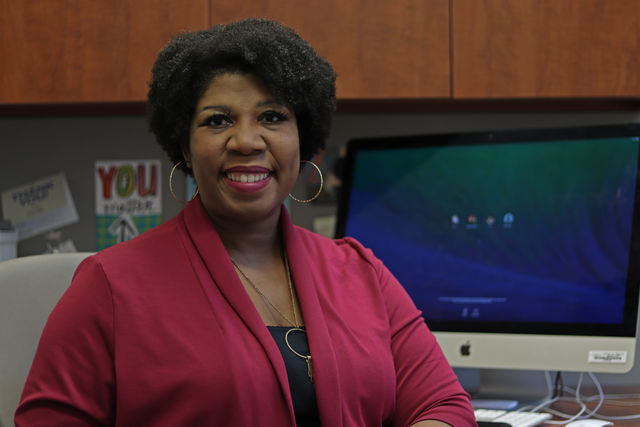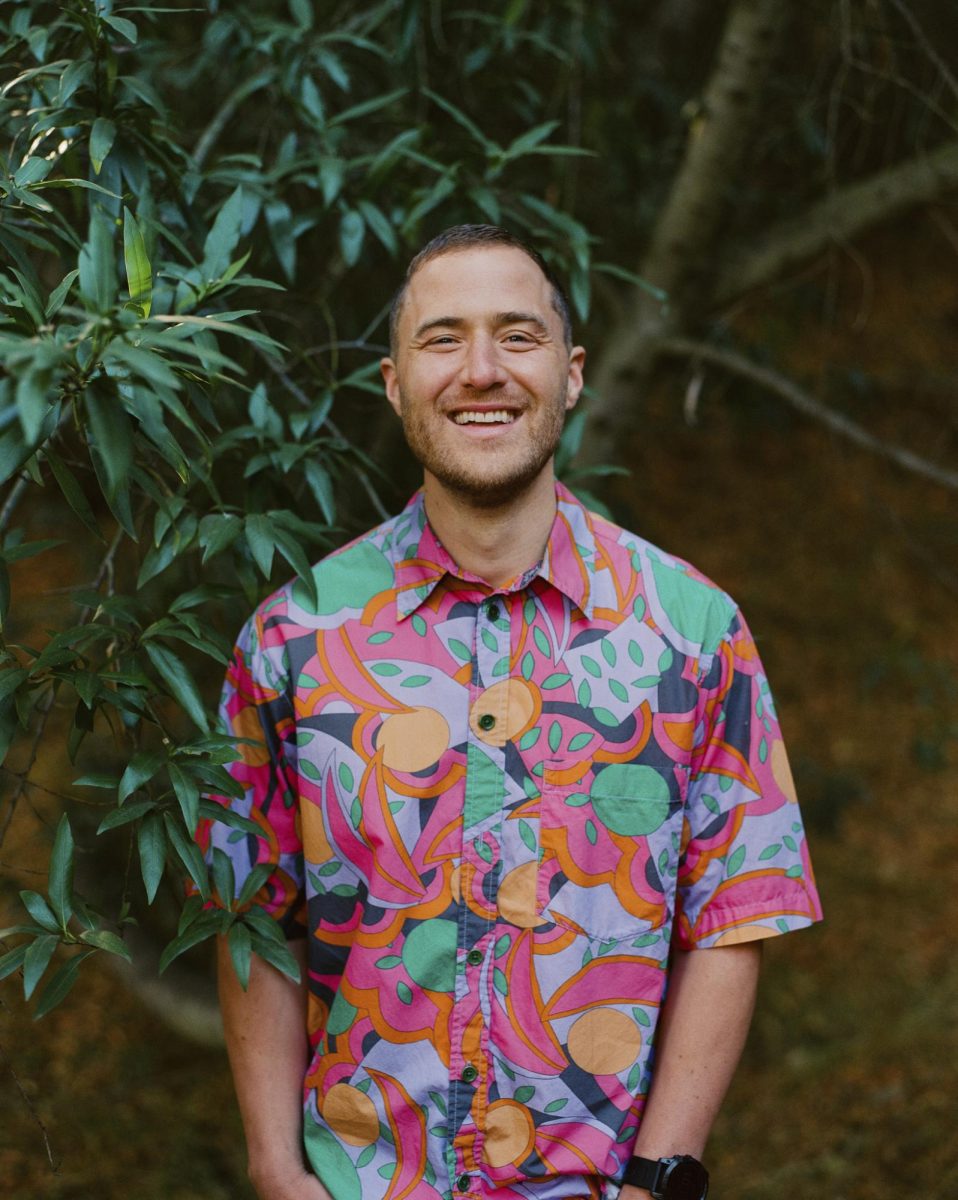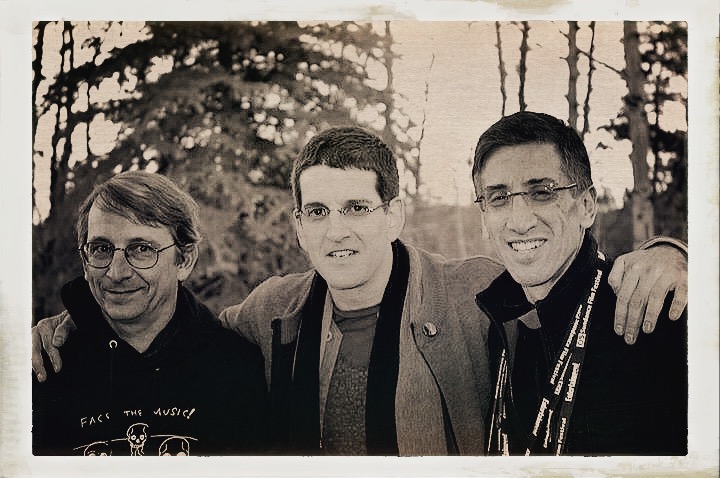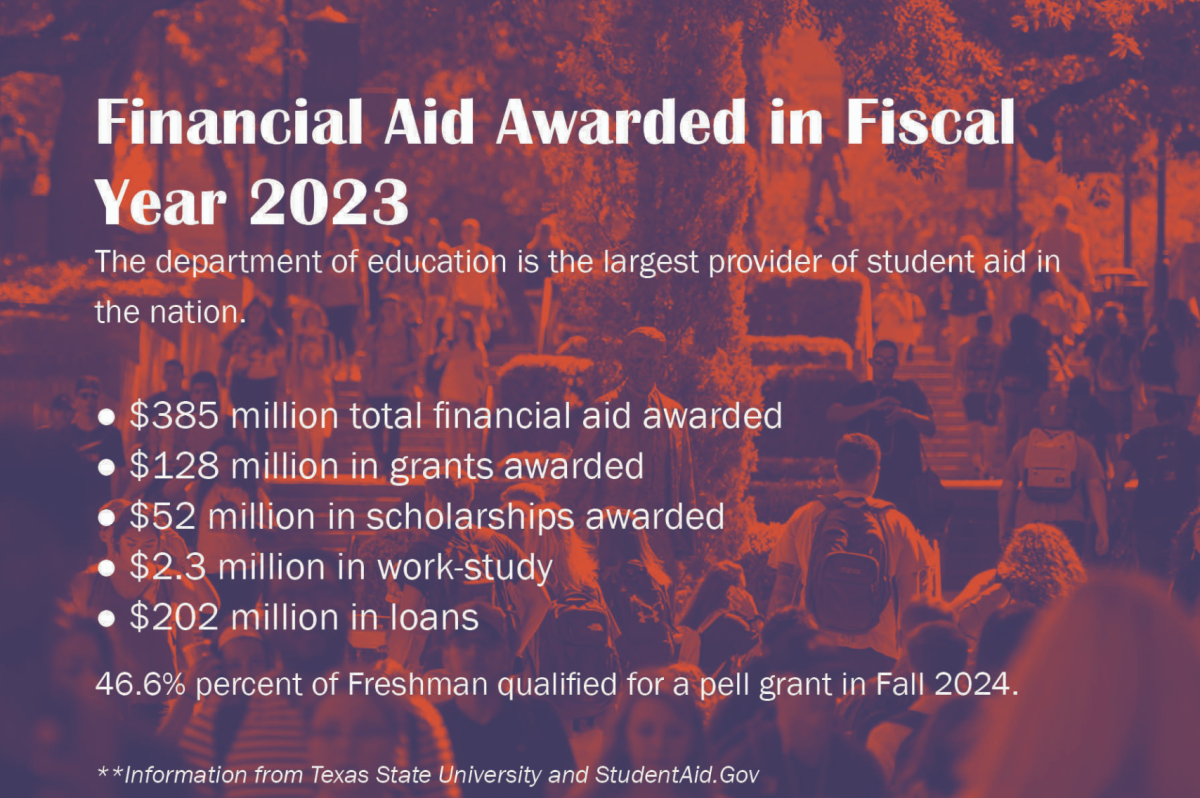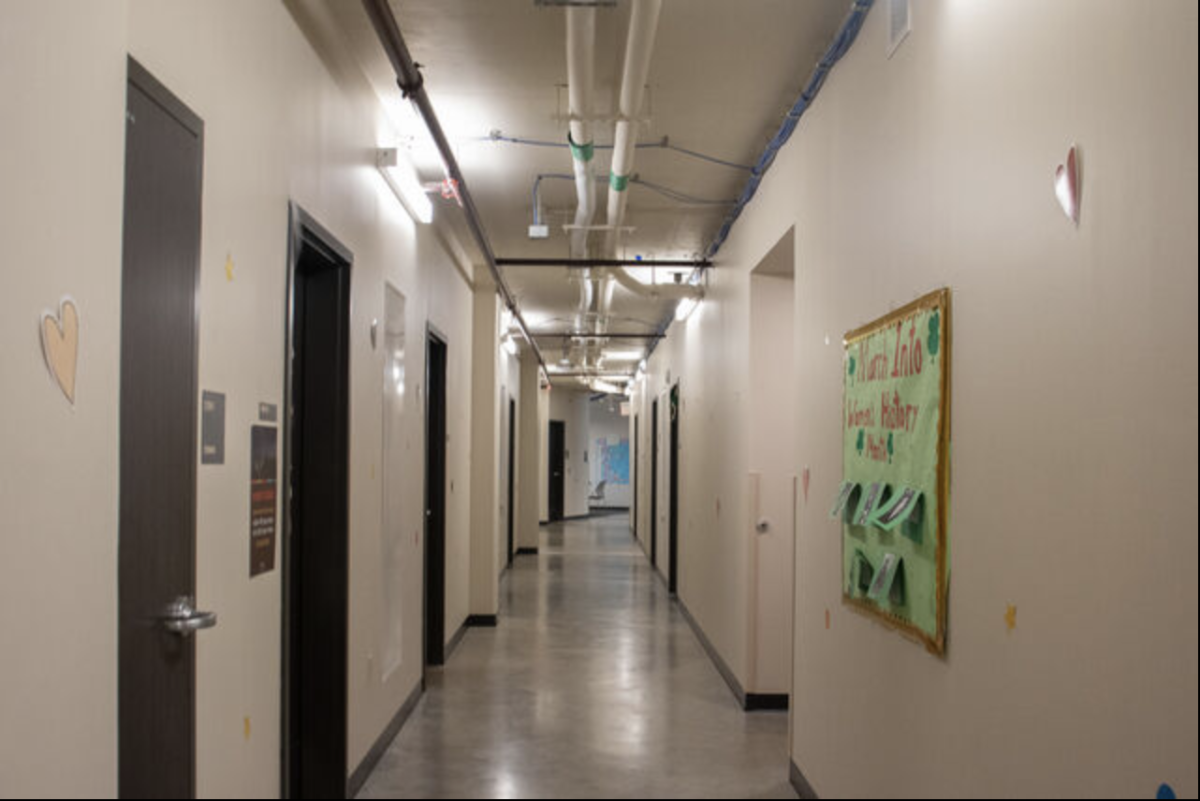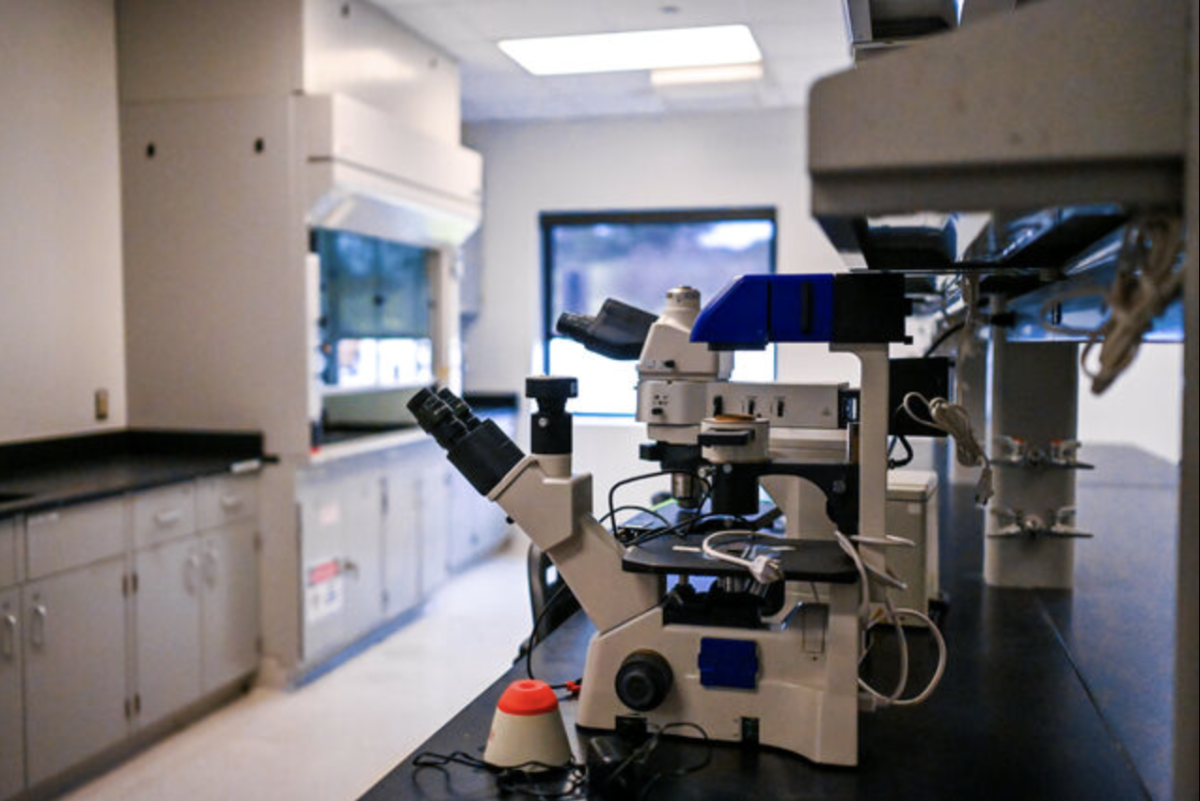Following an $843,000 award from the National Science Foundation’s (NSF) Faculty Early Career Development Program (CAREER) grant, an assistant professor at Texas State will research how and why minority women enter STEM-based fields.
“The research study is definitely all about minority women in STEM,” says Dr. Shetay Ashford-Hanserd. “Some minority women will benefit from being a part of the grant, but it’s more so a research study about Black and Hispanic women and the factors that influence their persistence in STEM and computing.”
Ashford-Hanserd, an assistant professor in the Department of Organization, Workforce and Leadership Studies (OWLS), has applied for the CAREER grant twice; faculty members can only apply for the grant three times. Her untenured faculty member status qualified her for the grant. She says the grant predominantly focuses on helping STEM faculty pursue their research agendas before obtaining tenure.
The research project began on Feb. 1 and will conclude on Jan. 31, 2026. Ashford-Hanserd says the research will closely examine a conceptual framework called community cultural wealth, which shows how one’s community, wealth and social surroundings can influence a minority woman’s decision to go into STEM.
“There’s different aspects that contribute to providing that supportive framework really for all students…when we look at students of color, we want to look at it from an anti-deficit framework or through an anti-deficit lens rather than looking at the barriers to their persistence,” Ashford-Hanserd says. “I’m looking at the wealth that they have in terms of their social capital, as well as their access to financial capital.”
Anita Natufe, a civil engineering sophomore, says her high school equipped her with programs that focused more on the major she currently pursues. She sees benefits in having additional educational outlets and sources of information.
“I think in public schools they should have more…different programs that focus on careers and what people want to do in the future,” Natufe says. “We learned about basic stuff — math, science and all of that — but besides that, we have these clubs and programs that just focus on different things like engineering and computer science and other stuff that people want to do.”
The project will follow an integrated research agenda, meaning Ashford-Hanserd will combine how she teaches her course at Texas State with broader audiences and also incorporate community-engaged research. She will work with communities to find new, innovative ways to educate young minority women about STEM programs.
“With this grant, I’m focusing in on developing a body of knowledge about Black and Hispanic girls across the nation by using a national secondary data set from the National Center of Educational Statistics, conducting a quantitative study to look at some of their course-taking patterns of Black and Hispanic woman in math and science and computer science,” Ashford-Hanserd says.
She adds she will also have the opportunity to conduct a survey of Black and Hispanic students at high school institutions and HBCUs and plans to compare and contrast her findings on the national level to understand Texas data.
Tionna Scott, a first-year biochemistry graduate student, has had an interest in science-based subjects since she was a child determined to be a dermatologist. Her parents sent her to a STEM academy in San Antonio when she was younger. Scott says if she never attended, she would not have gotten the same encouragement to study biochemistry.
“At my school, we were able to work with cadavers and do hands-on experiments and, at the time, I really didn’t know what I was [going to be] majoring or what I possibly want to do in the future, like for sure, until I was getting close to graduating high school,” Scott says.
Ashford-Hanserd’s research will observe how communities, such as Scott’s school, encourage and benefit minority women who later decide to study fields in STEM.
During the first year of research, Ashford-Hanserd will interview Black and Hispanic women from Texas State majoring in STEM-based fields. She will also conduct interviews with students to understand their lived experiences throughout their K-16 education.
“[Participants] will receive stipends for being a part of the study, so they will benefit,” Ashford-Hanserd says. “I’ll be able to look at the patterns, you know, see the different factors of that model to see which ones most influenced their persistence and share that information with my community partners in the community. Then, also share it more broadly, you know, across the region and then nationwide with those factors that influence the persistence of Black and Hispanic women in STEM and computing.”
Scott says financial insecurity is a big factor in the lives of minority women who decide to continue higher education in STEM-based studies. She says having more access to financial help and promoting those resources in the field will help.
“There is a financial struggle because, like, for example, in graduate school, you’re [either] going to get a stipend, and it’s enough but it’s not what you could have been getting if you were working,” Scott says. “I feel like a lot of people look at that and they’re like, ‘Why would I go into this field to go to grad school, go to medical school and do all these years, pay all this money and not like get any immediate money right now?’ I know that there are scholarships out there and grants to help minority women, but a lot of people just don’t have the resources or know about them to get them.”
The decision to conduct research on minority women was personal to Ashford-Hanserd. She wants to help women who might go through similar experiences she has lived through.
“I recognize that for my experiences, the barriers that I face but also the support that helped me to win those external factors that helped me to succeed,” Ashford-Hanserd says. “I want to make sure that I find interventions and best practices that can help improve pathways for other women of color but also the research supports it.”
Natufe has found herself in situations where she is not just the only woman in her STEM classes but also the only Black person. She views that as a reason why minority women might stray away from STEM.
“When I tell people I am an engineering major, their mind goes to like me being outside and doing construction, all of that,” Natufe says. “They’re like ‘Isn’t that a man’s job, like one outside,’ and it’s like, that’s not the only thing that STEM is about. I think if people stop looking at it as something that’s for men only then it’ll be better for a lot of people.”
The research will take a more holistic approach, Ashford-Hanserd says, to understand why minority women engage in STEM programs. Her hope is that the research will help place a focus on formal and informal education, which allows cultural constructs in communities to prosper and influence young women.
“My hopes coming out of this is to be able to inform,” Ashford-Hanserd says. “When we look at the whole pipeline of entry, as well as retention of Black and Hispanic women or women of color, my hope is to be able to inform what are the best practices and interventions that should be utilized to retain girls and women of color in STEM and in computing. I always call myself a scholar-activist, or action researcher, because I like to ensure that my research drives some type of action.”
Categories:
Assistant professor to study minority women in STEM
Timia Cobb, Assistant News Editor
March 4, 2021
0
Donate to The University Star
Your donation will support the student journalists of Texas State University. Your contribution will allow us to purchase equipment and cover our annual website hosting costs.
More to Discover



